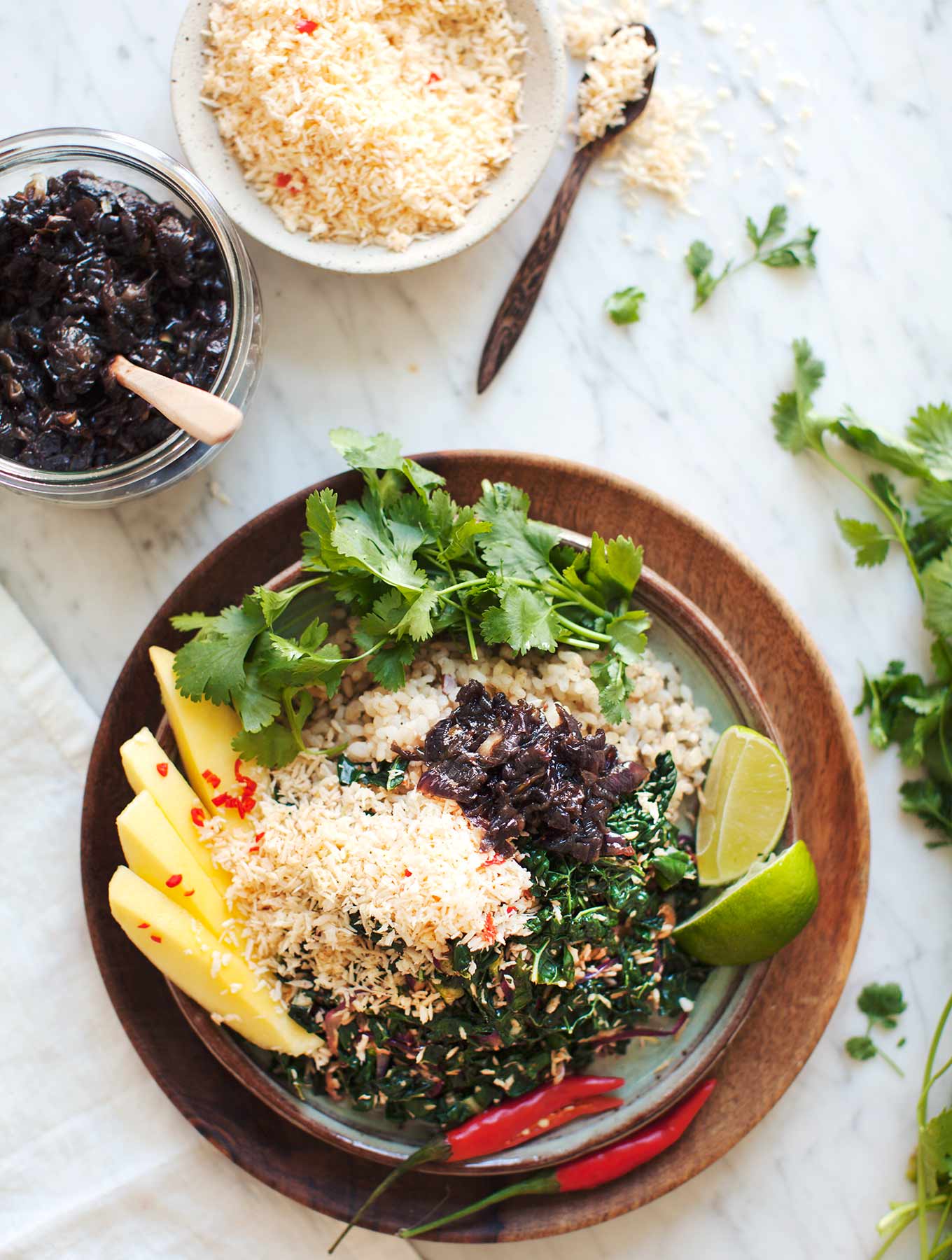
Being someone who loves a meal with many elements, Sri Lankan food was pretty much my dream come true. Every meal is served with plenty of sides: sauces, chutneys, relishes, and pickles, to make each bite unique and surprising. Sambol is the word for this seemingly endless collection of condiments, and I lost count trying to sample them all in a week.
I believe I mentioned in my previous post about Sri Lanka, how spicy the food is there. Like, blow-your-head-off spicy. And as if the curries themselves weren’t hot enough, the chili-based sambols on the side will certainly commit your taste buds to perplexing levels of pain.
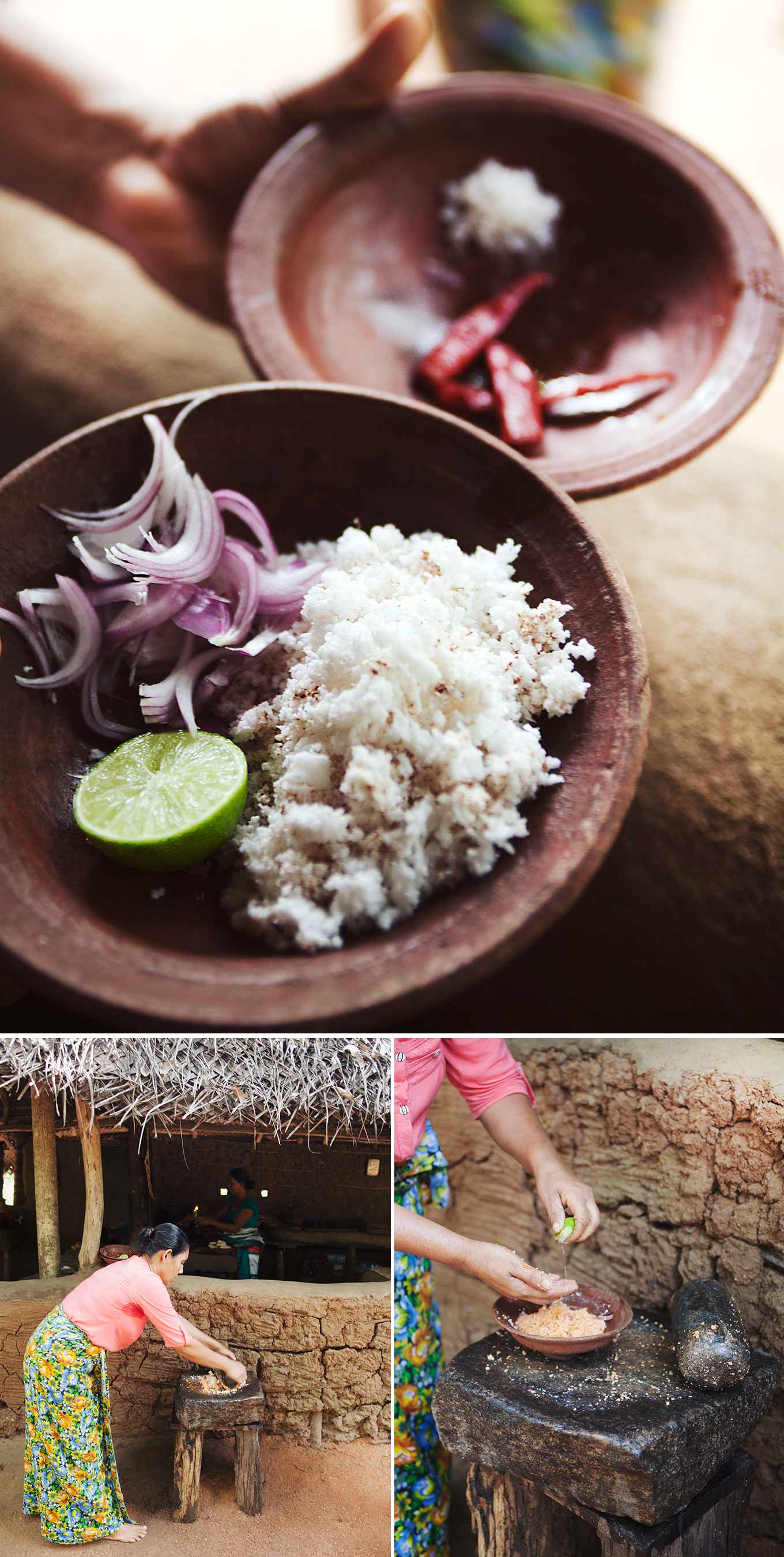
Pol sambol is the ubiquitous, fiery condiment served at breakfast, lunch, and dinner. It is probably one of the simplest dishes to make, consisting mainly of chili, shredded coconut, chili, lime, and chili – did I mention the chili? Yea. This mix ranges from very spicy to volcanically hot depending on whose table you’re sitting at.
On the second day of the trip, my tongue seeking refuge in something, dare I say it, borderline bland, I discovered one of the most delicious things I have ever tasted – and it wasn’t bland to say the least, just not sweat-inducing. Seeni sambol, a fragrant, Sri Lankan caramelized onion jam, turned out to be incredible on everything from hoppers to curries, and could turn a pretty plain bowl of red rice into something remarkably special. I became totally obsessed with this sambol and it was the very first thing I attempted to make when I came home. I really cannot tell you enough how awesome this stuff is. Do yourself a favour and make a batch soon!
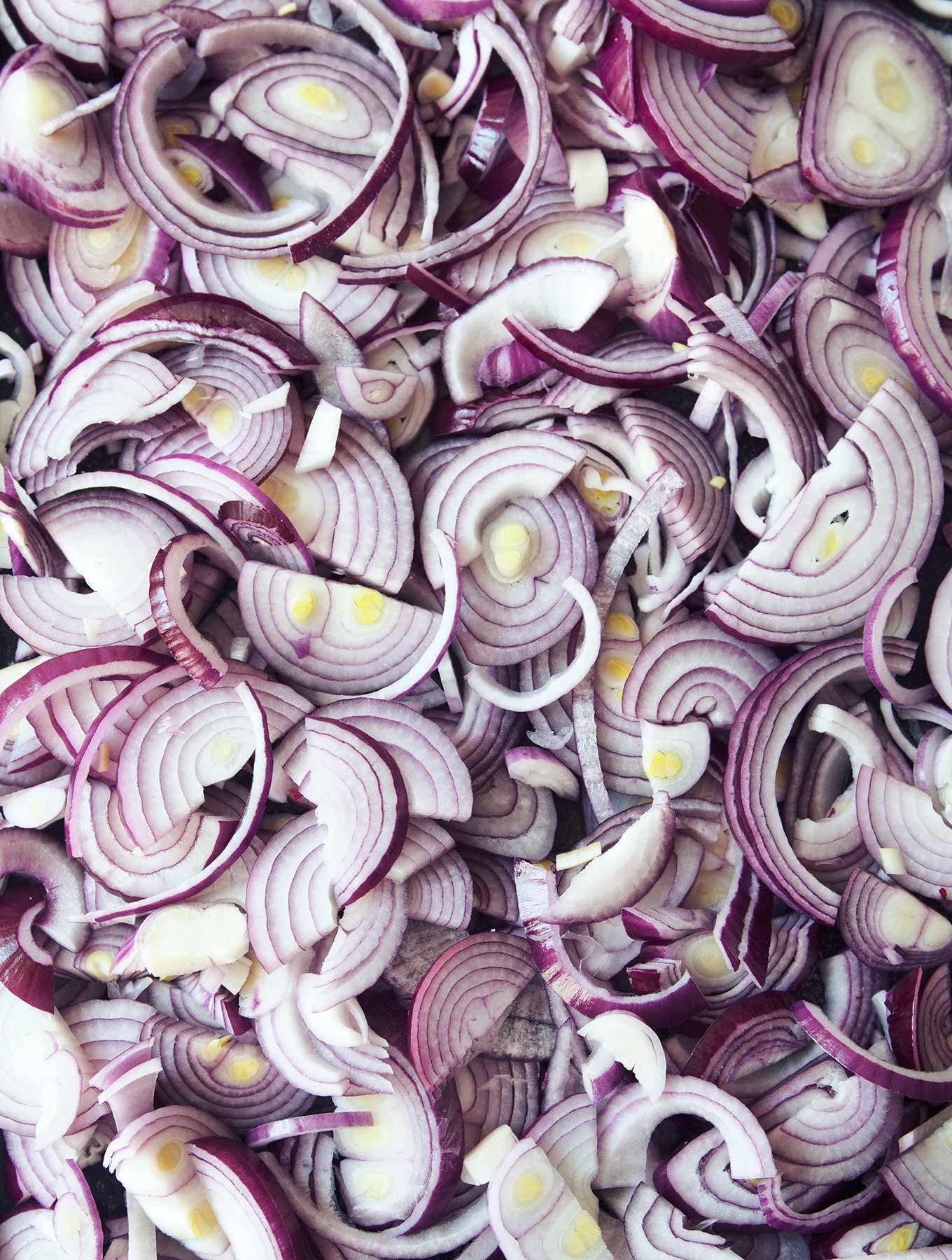
The most memorable experience I had in Sri Lanka was learning to cook traditional recipes with two women in the local village. It was likely one of the most eye-opening culinary experiences I’ve ever had – not only learning from such passionate and experienced cooks, but seeing their traditional kitchen, tools, and techniques really inspired me.
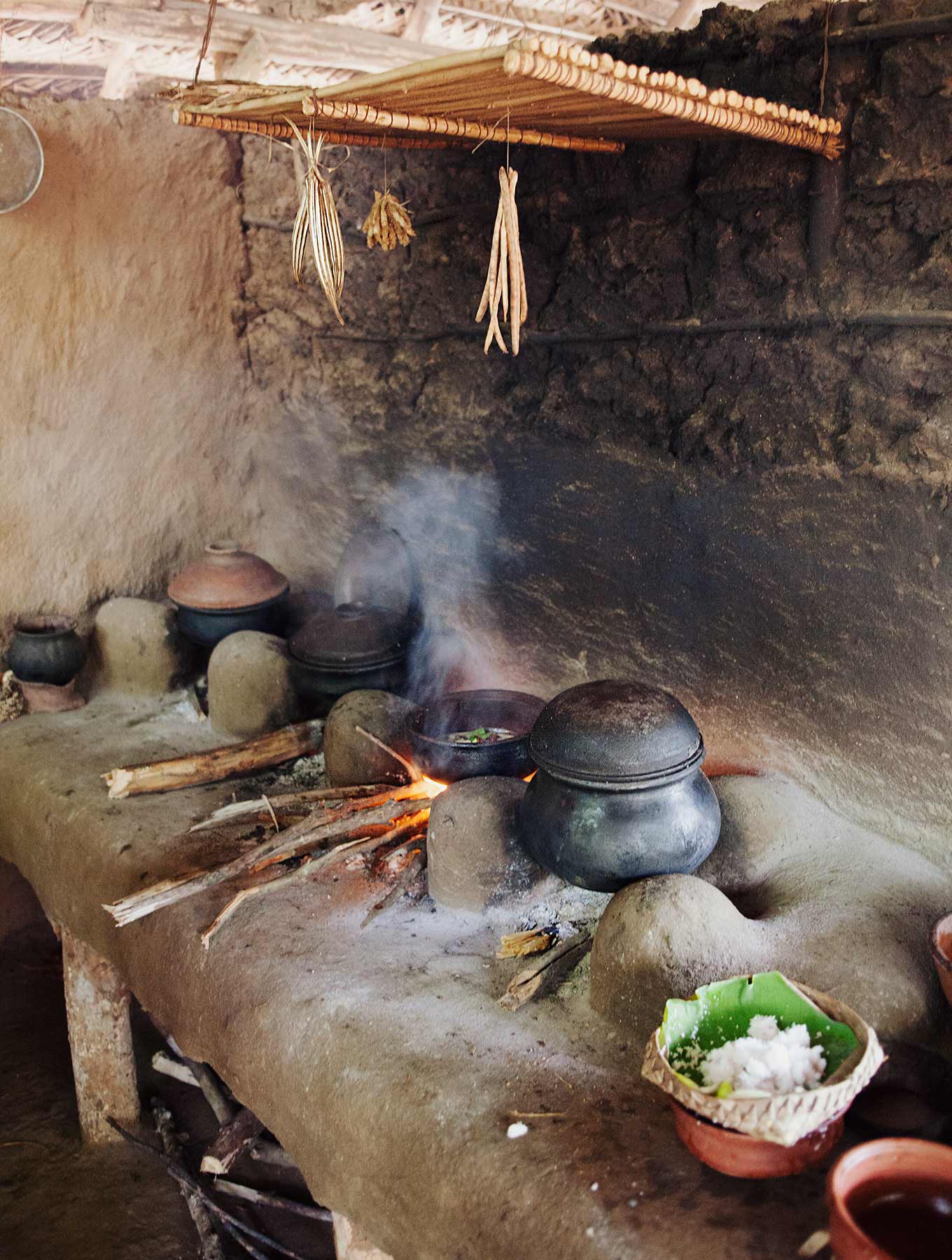
Take their stove, for example. A large clay bench with large mounds molded into it held the earthenware pots in place, and the heat underneath was adjusted by adding more sticks to the fire, or taking them away. Genius. Above the stove was a large wooden wrack to hang beans, seeds, and herbs for fast drying, which I thought was a brilliant way to take advantage of the residual heat. Ingredients were prepped on the floor, since it’s cooler down there, and also nice to sit while you’re working. The knife to cut veggies was actually attached to a stool, and instead of holding the blade, you hold the vegetables and basically drop them on top, slicing them in the air to fall onto a grass mat. The sambol was made by grinding all the ingredients together on a huge flat stone designed specifically for this task, and as such took all of ten seconds to prepare. Spoons were made from dried coconut shells. The plates were made of woven grass, topped with fresh lotus leaves from the nearby creek. The leaves protected the plates from the saucy curries, and when you were finished your meal, you’d discard the leaf into the compost, so that there was literally nothing to wash! I mean.
This day made me take a long hard look at how much stuff I use in the kitchen. Water, electricity, appliances – these women were literally using nothing but things from the earth around them and it made me wonder how we’ve come so far from that connection. Cooking has become so overblown, and it was this experience that reminded me to cook simpler and eat simpler. Get closer to the earth. I don’t have some grand solution, but it’s food for thought.
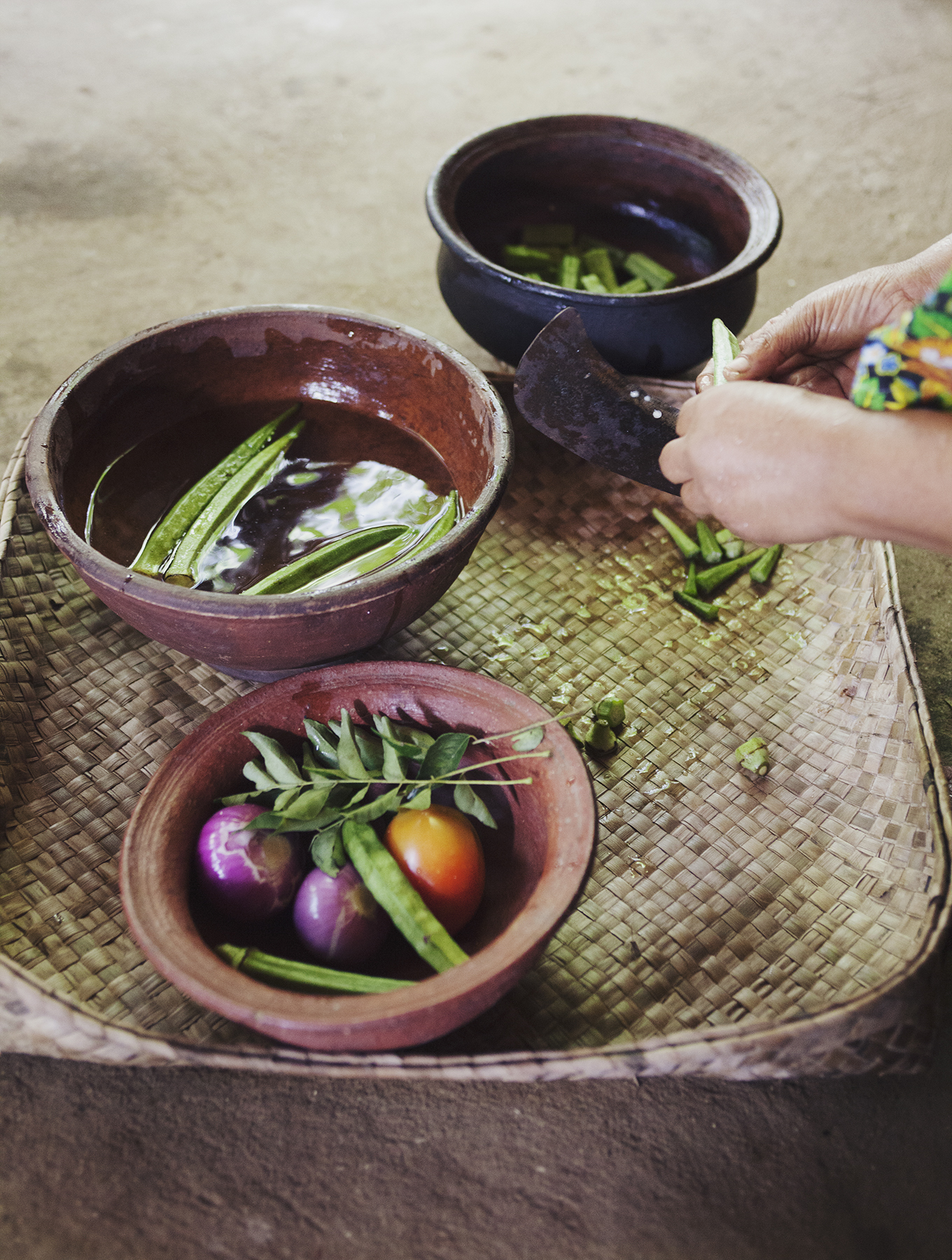
I’ll share a few notes on the recipes…
You will likely think I’ve lost my mind when you begin the task of slicing two pounds of onions (#worthit), but I promise you it is the correct amount, and you’ll see that it cooks down to nearly nothing. I tried half this amount my first time and it just simply wasn’t enough. If you’re going to go for this, you may as well make a batch that will last you at least a few meals, right? Fresh curry leaves are a definite preference for this recipe, but I’ve never been able to find them here in Copenhagen so I used dried. They’re not great, but better than nothing. If you don’t want to gnaw on whole spices or curry leaves you can remove them after the seeni sambol is cooked, but it can be a bit of a treasure hunt situation, just sayin’. Once I’ve smashed the cardamom pods, I like to remove the outer skin and just add the inner seeds to the spics mix. I tend to leaves the cloves and curry leaves in since I like those bursts of flavour.
The pol sambol recipe I’ve written here is admittedly, a wimp’s version. I’ll admit that I can only tolerate spice until it begins to overwhelm the other flavours in the food, so mine is strong but still edible on its own. I invite you to go with your instincts on this one and dial up the heat to suit your tastes. If you can find freshly grated coconut (or a fresh coconut that you can grate yourself) by all means use that instead of the desiccated variety! Some versions of pol sambol include curry leaves, but because I only had dried I left them out. If you can find fresh ones, add about a sprig for this recipe, and crush them well before incorporating.
As far as serving these two sensational sambols go, they are pretty much great with All. The. Things. Rice dishes, curries, stews, soups, wraps, sandwiches, salads…I mean it! Once you taste them I’m confident you’ll find infinite uses for them. The first photo is of steamed brown rice and the Kale Mallung recipe that I wrote from the last Sri Lankan post – still a major fav around here. I love this meal for breakfast with a poached egg, lots of seeni sambol and, ahem, lightly sprinkled with the pol sambol.
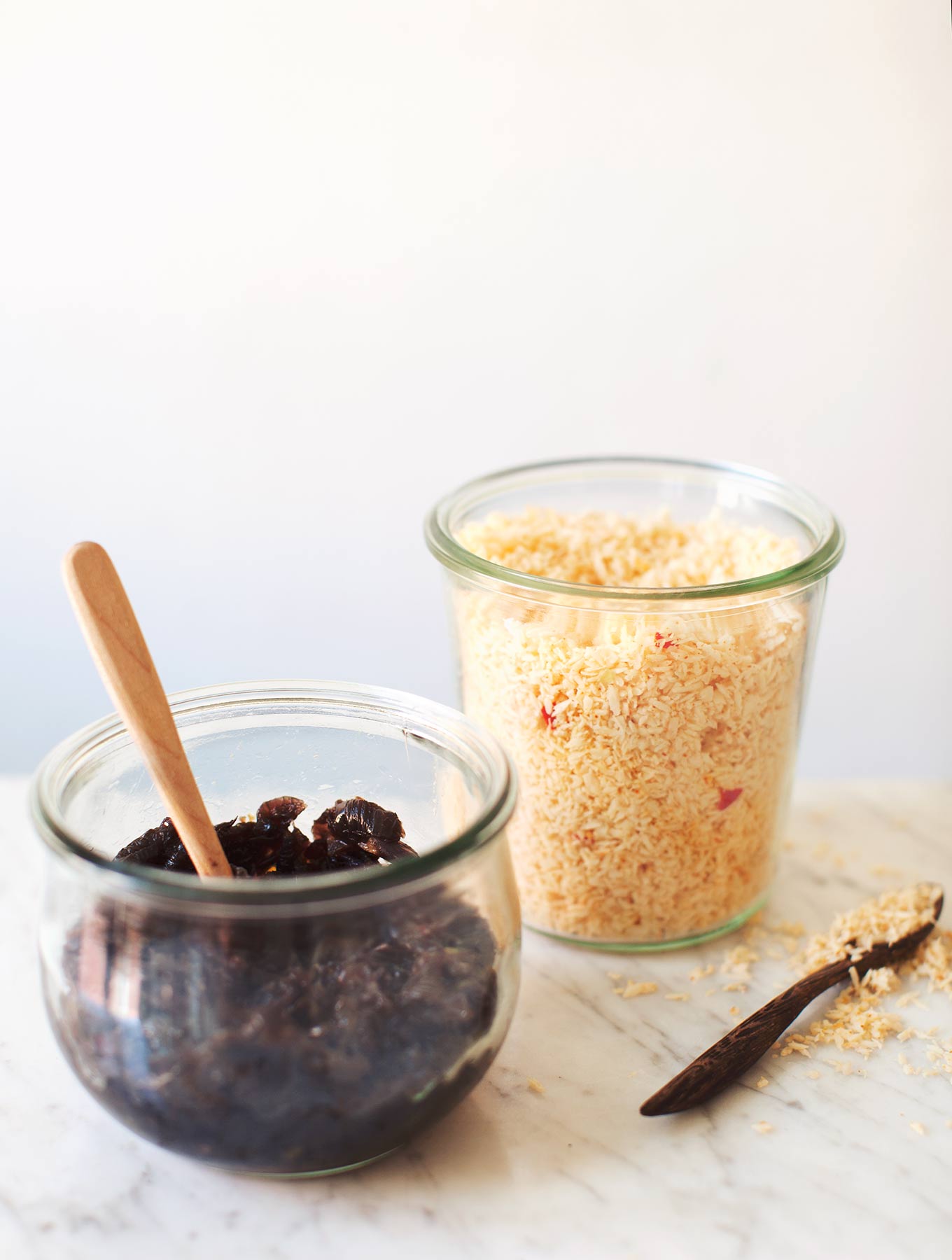
Makes 1 heaping cup / 300ml
Ingredients:
2 lb. / 900g red onions
¼ cup / 60ml coconut oil
10 green cardamom pods
8 cloves
3 Tbsp. dried curry leaves (or 2 sprigs fresh curry leaves if you can find them!)
1 cinnamon stick
2 tsp. fine sea salt
2 tsp. coconut sugar
Directions:
1. Peel and slice the onions.
2. Pound the cardamom pods in a mortar and pestle until they have split open. You can remove the outer skin and just save the seeds inside, but it’s only if you don’t like eating the exterior.
3. Place a large, heavy-bottomed pot over medium-high heat and melt the coconut oil. Add the cardamom pods, cloves, curry leaves, and cinnamon stick. Stir and cook until fragrant, about 3-4 minutes. Add the onions, salt and sugar, stir very well to coat and cook uncovered, stirring every couple minutes until the onions have completely melted down – this can take anywhere from 30-45 minutes. Be patient and enjoy the process!
4. Transfer seeni sambol to a glass jar and store in the fridge for up to one month. Remove from fridge at least half an hour before serving, as the coconut oil will cause the sambol to solidify in the fridge.
Pol Sambol
Makes 4 cups / 1 liter
Ingredients:
2 cups / 180g desiccated coconut
½ cup / 125 ml warm water or coconut water
1 clove garlic
2 shallots or small red onions
1-3 red chilies (or as many as you think you can handle!) I used fresh Thai chilies
1 tsp. fine grain sea salt
½ – 1 tsp. chili powder (or as much as you think you can handle!)
juice of 1 lime
Directions:
1. Combine the desiccated coconut with the water and stir thoroughly to combine. Let sit for 15-30 minutes until softened.
2. Place the garlic in a food processor and blend to finely mince. Roughly slice shallots and chili, and place them in the food processor with the garlic and blend to mince. Add the softened coconut, salt, chili powder and lime juice. Blend on high to fully incorporate. Taste and adjust seasoning if desired.
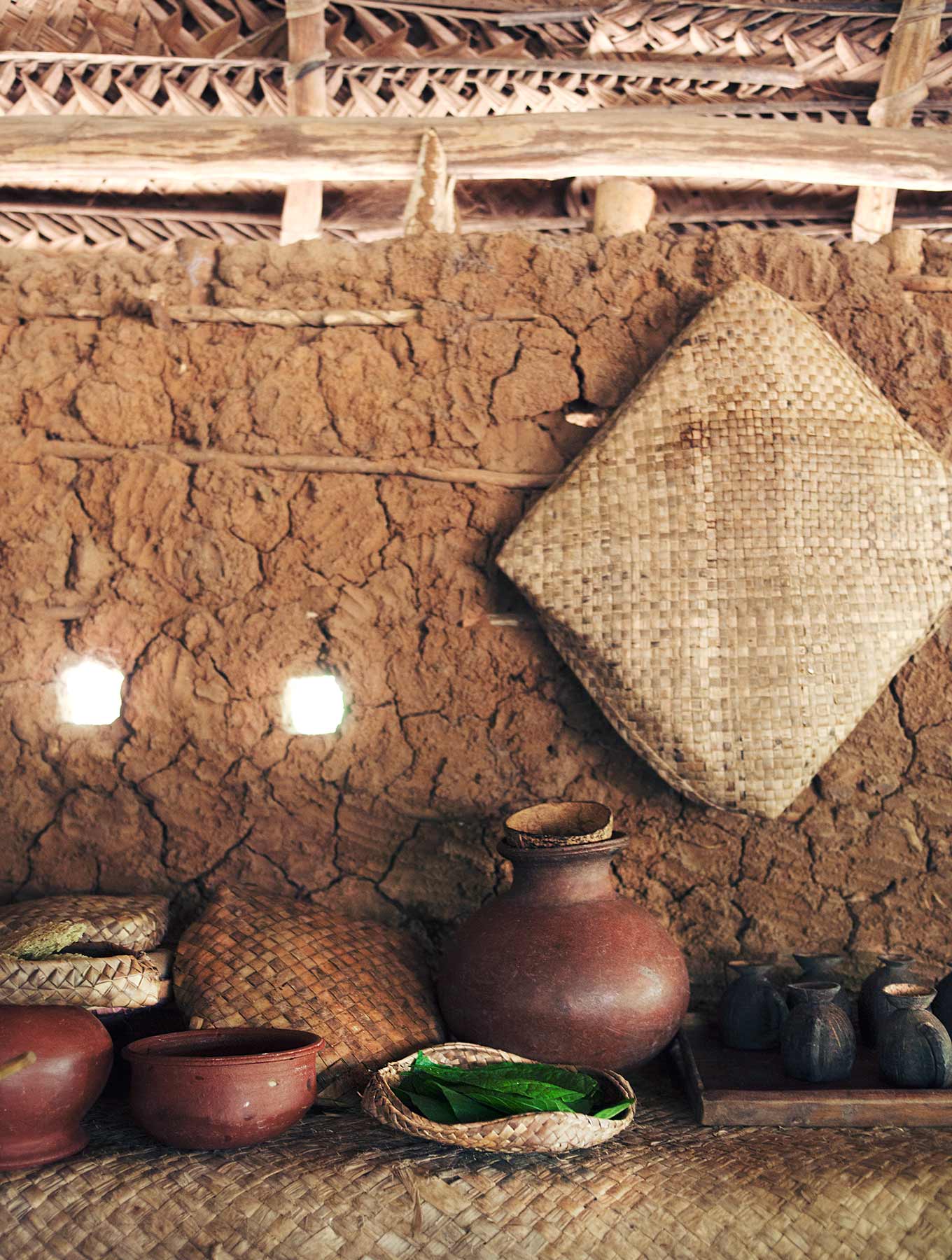
A huge thanks to Cinnamon Hotels and Resorts and Sri Lankan Airlines for making this incredible trip possible!
Show me your sambols on Instagram: #MNRsambol
The post Sensational Sweet and Spicy Sambols appeared first on My New Roots.